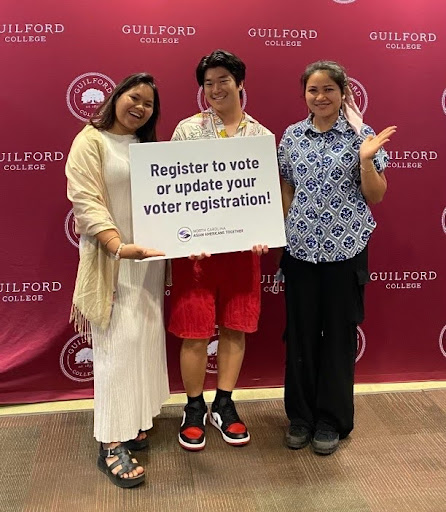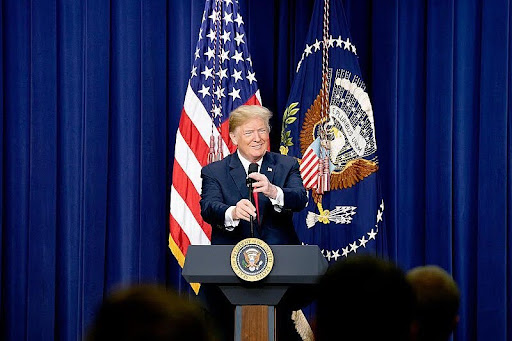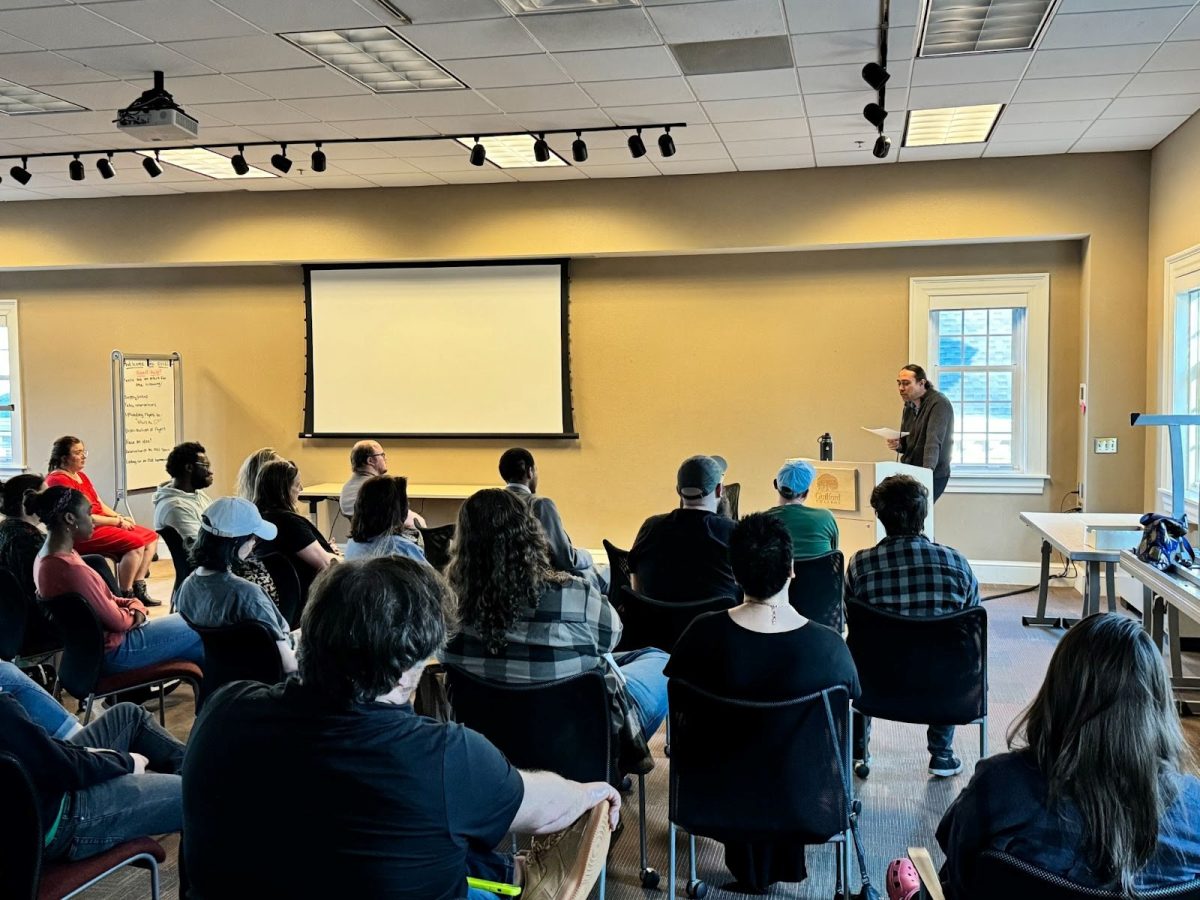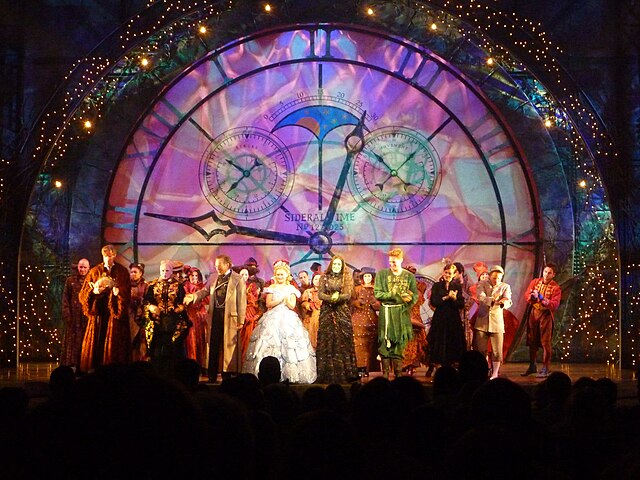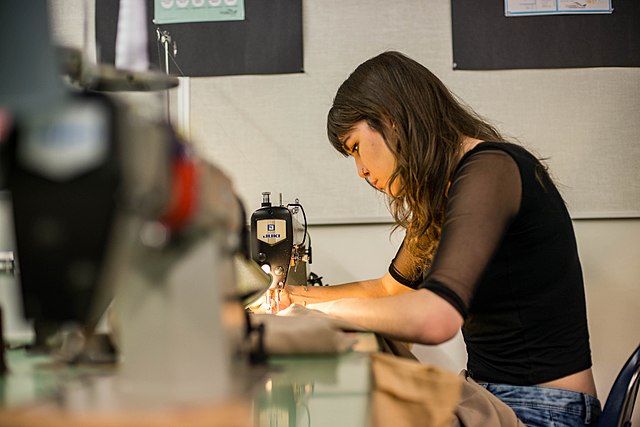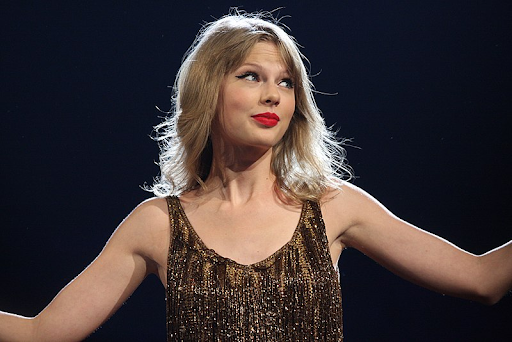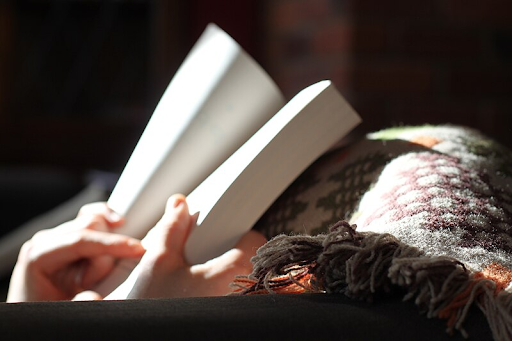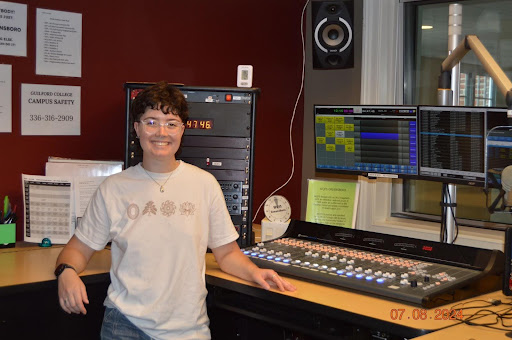Imagine the entire population of Greensboro coming together and spilling out into the streets of North Carolina. They hold up signs, cheer together, and help each other in achieving one goal: getting climate change under control.
This is what New York City looked like on Sept. 21 during the largest climate event in history.
“Politicians aren’t going to change anything, so they have to see that the people actually want to see something done,” said first-year Eliza Stevenson.
A group of Guilford students joined in the People’s Climate March, enduring long bus rides, questionable hygiene, and the New York City subway system to get there.
“It was a lot of work for several weeks,” said junior and organizer Ben Evans. “Making it a reality was really hard … but we had a really awesome team of determined individuals who wanted to make this happen and see Guilford be represented at something so big.
“Every part of it was worth it.”
Initially, the hope was to get 30 Guilford students to the march. The final number was 55.
“So many people showed up (to the meeting),” said first year Ben McKay-Simmons. “I thought, ‘if there are this many people interested at Guilford, this is going to be really big.’”
Students marched for numerous reasons, including members of the Cape Fear River basin trip led by Instructor of Art and Experiential Learning Specialist Maia Dery.
“I did surf camp with Maia Derry this year and that changed my perception,” said first-year Thomas Soiles. “This is an important thing for (everyone).”
Some are interested in the biological impact.
“Climate change has affected the natural biological system that is our earth,” said sophomore Colin Nollet. “There is a big shift because of the impact we’ve had on climate. Significantly more species have been dying off recently.”
Other students feel an obligation to the earth.
“It’s especially important for youth to show that they care about the environment,” said sophomore Rachel Lowenstein. “It’s a real problem.”
Once at the march, 400,000 people from all over the world marched together in solidarity.
“It was stunning to see the sheer number of people who showed up to this event,” said junior Addy Allred. “There were a lot of different agendas being pushed … but, all in all, it felt like we were one united march.”
People flooded into Manhattan to have their voices heard.
“I’m part of an eco-village in Ithaca,” said Shirley Way from Ithaca Quaker Meeting. “I am exceedingly concerned about the lack of taking what is happening to our planet seriously by our leaders.”
For those in other countries that could not make it to the event, smaller solidarity marches were held all around the world.
Many marched with different agendas, such as food justice, ecosystems, and peace.
One group of interfaith marchers included over 24 religious backgrounds.
“I’m hopeful that if enough concerned people get together, we can start getting things moved,” said Ron Peterson, a member of the Quaker Farmington Scipio Quarterly Meeting. “A broad- based coalition of groups are involved.”
The plan: to make international governments take notice.
“We had 400,000 people there,” said Evans. “The Rockefellers are now announcing that they want to divest (from oil). Things are happening.”
In the end, the connections made are inspiring hope for change.
“These groups of people coming together, these conversations, is how we become united and really begin to change things,” said Evans.



